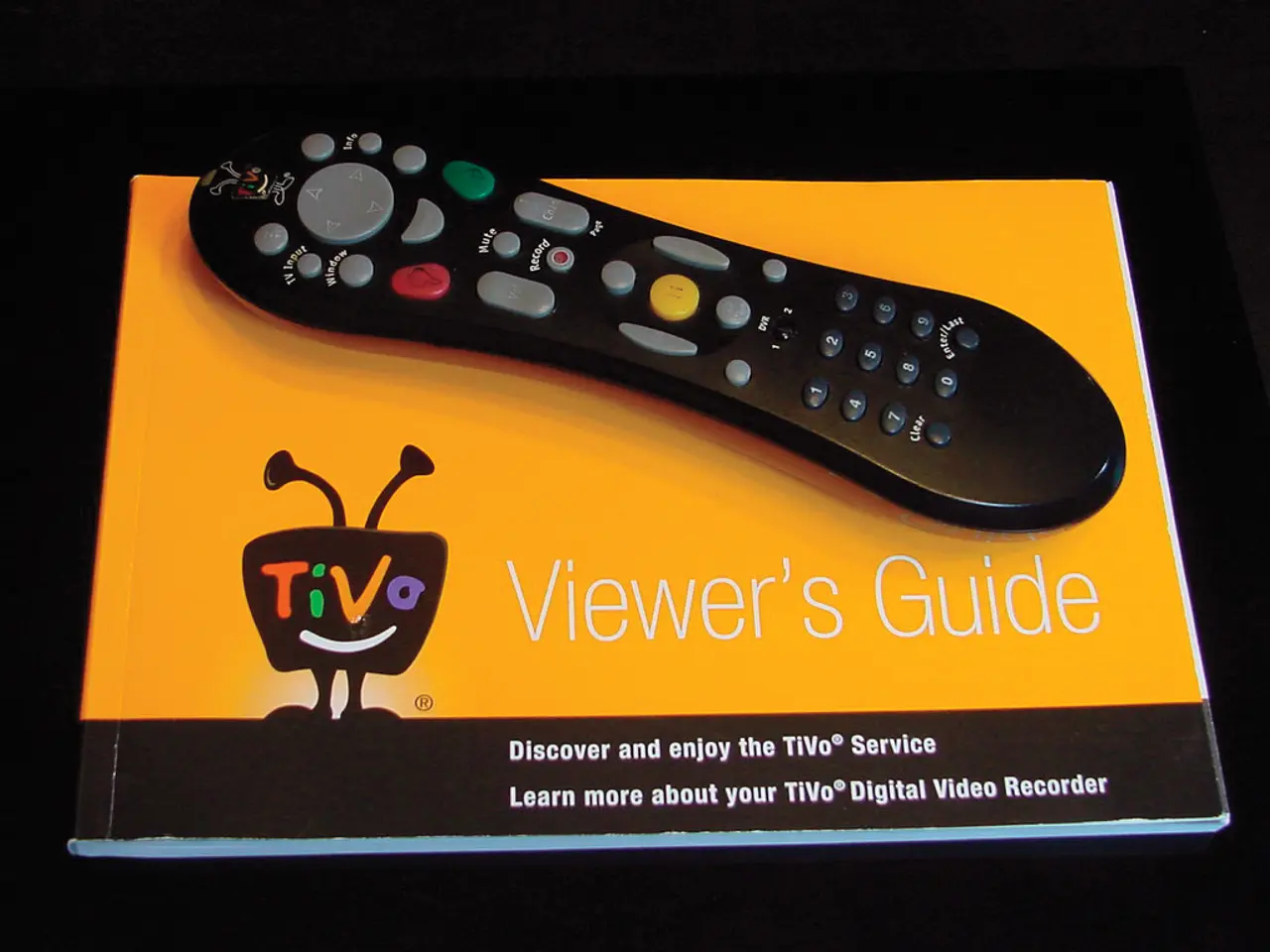Streaming TV usability barriers lessened for senior viewers through subtle design adjustments
In a recent summit held in London, the Digital Television Group (DTG) discussed the importance of enhancing IPTV platforms for better accessibility. The summit, attended by industry leaders and researchers, aimed to address the usability challenges faced by various user groups.
One of the key findings from the research, commissioned by Ofcom and conducted by the DTG, Goldsmiths' i2 media research, and participants aged 65 and over, is that tools supporting navigation, such as logical channel numbering (LCN), were accessible to all participant groups. However, cluttered home screens, inconsistent menus, complex sign-in processes, and remote control design were identified as main obstacles to accessing desired content.
To address these concerns, the project to create a "TV Simple Screen" overlay for IPTV platforms was developed by ADB, Netgem, and Broadpeak. The prototype resulted in a reduction of usability barriers by almost half. Voice search, when accompanied by minimal guidance, was found to be more effective than traditional electronic programme guides.
The media minister, Julia Lopez, stated that IPTV will be a significant part of how television is received in the future. She has also committed to the future of digital terrestrial television until 2034. The research supports that targeted design changes may address these concerns, suggesting benefits for a wide range of users.
In addition to the "TV Simple Screen" overlay, a four-point action plan recommends embedding inclusive design principles into mainstream product development, simplifying navigation, improving hardware accessibility, and establishing industry standards with annually updated best-practice guidelines.
The findings indicate that usability challenges are not limited to current older viewers; similar barriers are likely to affect future audiences as they age. This highlights the need for continuous improvement in usability and accessibility across IPTV platforms.
Meanwhile, the forecast for pay-TV subscribers in Western Europe is not optimistic. Digital TV Research predicts that Western Europe will lose almost 9 million pay-TV subscribers between 2023 and 2029. The United States is expected to experience a greater drop in pay-TV penetration compared to Western Europe.
In response to these trends, MVPDs, including satellite, cable, and IPTV platforms, need to embrace "coopetition" with rival video services according to Caretta Research. They suggest that MVPDs must evolve into "super aggregators" to defend their positions.
Professor Jonny Freeman, Director of i2 media research at Goldsmiths, stated that usability is central to how people engage with television. As the landscape of television continues to evolve, it is crucial to prioritise usability and accessibility to ensure that everyone can enjoy the content they love.
Read also:
- Undeads Games Reaches $30 Million TVL and Gears Up for MMORPG Debut
- Hyundai N affirms transition to hybrid performance-centric models, initiating with Tucson N
- EAFO Research Uncovers Crucial Elements in Electric Vehicle Adoption within the EU
- Kia and Uber are set to jointly work on Personal Autonomous Vehicles (PAV) collaboration.








